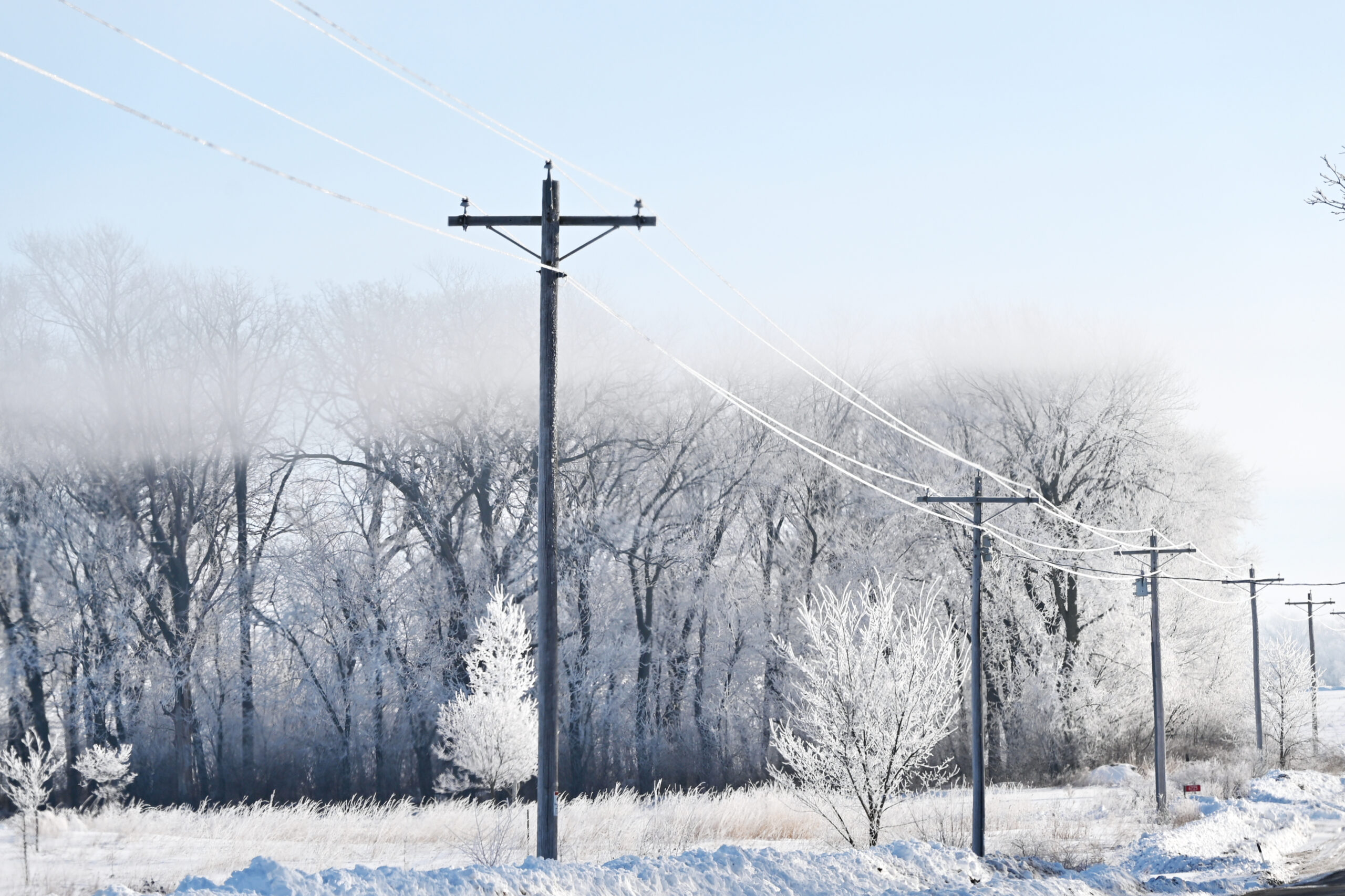Demand response (DR) programs are critical in optimizing energy consumption and ensuring grid reliability. While pilot projects provide valuable insights, turning them into fully-fledged programs requires careful consideration and strategic planning. In 2022, more than 10 million Americans were enrolled in a residential demand response program. This growth is partially attributable to consumer adoptions of distributed energy resource (DER) technologies including smart home devices like thermostats and water heaters, as well as battery storage or photovoltaic solar, which are enabled and aggregated through a distributed energy resource management system (DERMS). Having established the basic technological needs, let’s examine how to develop your demand response program from pilot to program.
Before We Get Started
It’s a pretty universal truth that when you set up any demand flexibility initiative—including a demand response pilot program—the organization’s focus can easily be shifted from achieving broad-based improvements to judging the success of the pilot. And then, without the support and planning it needs, the pilot dies. Instead, utilities should be thinking about how to build pilots that spark true innovation so they can bring much-needed benefits to your company, your customers, and our environment. There are three key ingredients to making this happen.
1: Mandates (From Demand Response Pilot to Program)
For starters, staying abreast of regulatory changes and ensuring compliance is vital. A program that aligns with evolving energy policies and regulations is better positioned for success and longevity. And yes, it’s necessary to have the backing of state utility officials, but that regulatory mandate is not enough to ensure successful demand response pilot—and then program—implementation.
First, you need commitments at the highest levels to create lasting change. Those in the C-Suite must work hard to create organization-wide alignment among all employees for new initiatives. And they need to work even harder to ensure understanding and commitment to the program’s long-term goals with their customers.
In addition to global decarbonization and electrification efforts, the U.S. Federal Sustainability Plan has set goals including a commitment to “100% carbon pollution-free electricity by 2030, including 50% on a 24/7 basis.” These efforts are doomed if policymakers, public utilities, and the people they serve are not all solidly on board.
2: Organizational Innovation
Don’t confuse a demand response pilot program with true innovation.
Way back in 2012, in an article titled “Just Say No to Utility Pilot Programs,” Ahmad Faruqui, principal of The Brattle Group, argued that piloting should not be the end in and of itself. “The time has come to stop the pilots,” noted Dr. Faruqui, who was the keynote speaker at Virtual Peaker’s second-annual Innovation Forum last fall.
Innovation permeates through organizations that prioritize its value at the highest levels, and then devote the resources to cross-pollinate. Those that just hire an innovation officer or even an innovation team, but then don’t champion their efforts, risk creating innovation silos. And innovation silos are where demand response pilot programs go to die. Fortunately, there are opportunities to develop internal buy-in and educate customers on the benefits of demand response, two approaches that will help transform your program.
Engagement and Education of Stakeholders
As you may already know, successful demand response programs require active participation and understanding from both utilities and consumers. Educating and engaging stakeholders at various levels is key to fostering cooperation and achieving program goals, so make sure to come prepared with data.
For example, in 2022 residential demand response programs were responsible for conserving 1004.03 gigawatt-hours. Rather than a hypothetical, share the value of your demand response program, and, if you have load forecasting software, demonstrate both the need and the growth potential. Ultimately, ensure you have a rich presentation that details the who, when, what, where, and why of your programmatic needs.
Consumer Awareness Campaigns
Implementing educational campaigns to inform consumers about the benefits of demand response and how their participation contributes to energy efficiency. Clear communication on incentives, cost savings, and environmental impact encourages active involvement. Through customer engagement software, utility program managers can connect with customers regarding demand events, issue energy-saving tips, help with enrollment and incentives, and more. Make certain to use as many marketing channels as possible, which might include mailers, billing inserts, educating your call center staff, social media and web copy, digital ads, and more. Remember: you can’t develop your program without more interested participants.
3: Robust, Scalable Partner Networks
How scalable is your operation? To make a demand response pilot successful, the technology must be robust and based on the needs of your customers. And it must be simple and understandable.
“I like to use the example of a supermarket to explain what scalability means in the most simple terms,” noted Andreas Grabner of software intelligence company Dynatrace in a 2020 interview with Forbes.
”A supermarket can handle scale (in this case, that means more customers at 6 p.m. after work or on Saturday mornings, or whenever customer numbers spike upwards) by putting additional cashiers on the cash registers, or it can do this by installing and firing up more automatic self-service tills. Essentially, the supermarket can adjust its operational approach to handle more throughput from the same core estate of business (assuming it has also provisioned for product stock levels) ensuring that customers always experience the same shopping experience (the time it takes from entering to leaving the shop) regardless of whether it is super busy, or very quiet.”
To extend the supermarket analogy to utilities, engaging with the right technology partners can open up the aisles to make sure you can deliver the right amount to the right customers at the right price at the right time. This objective is achievable through a deep bank of device integrations and robust API options, which create opportunities to expand demand response programs to more than one device or device type. Additionally, some software vendors feature stackable technologies—software solutions that can be used independently but work better in tandem—which allows for an even more granular approach to load management.
Continuous Evaluation and Improvement
Before we go, it’s worth noting that every program, pilot or otherwise, benefits from post-event analysis. Feedback loops, data analysis, and stakeholder input contribute to the ongoing refinement of the demand response program and can paint a picture of the pros and cons of your program. Make sure to monitor not only the outcomes of your pilot but also the success or failure of your marketing campaigns, which are crucial in developing your pilot into a demand response program.
Demand Response Pilot Into A Program Conclusion
Successfully transitioning from a demand response pilot to a fully-fledged program requires a comprehensive approach. By investing in robust infrastructure, engaging stakeholders effectively, and designing a flexible and scalable program, utilities can maximize the benefits of demand response, contributing to a more resilient and sustainable energy future.
This article was originally published on June 24, 2020, with updates on January 26, 2024.







